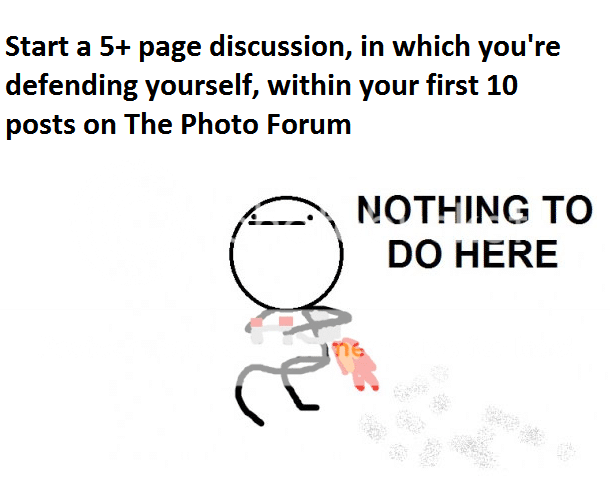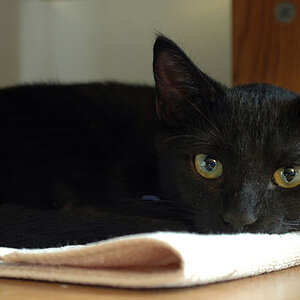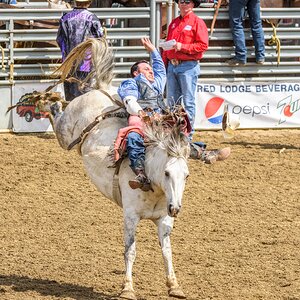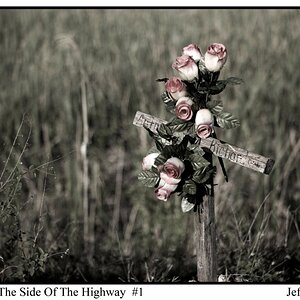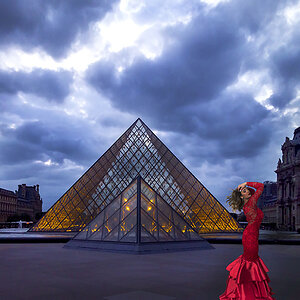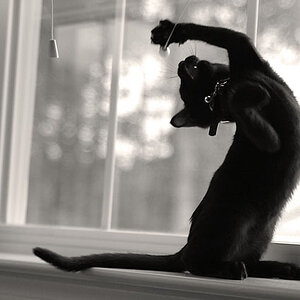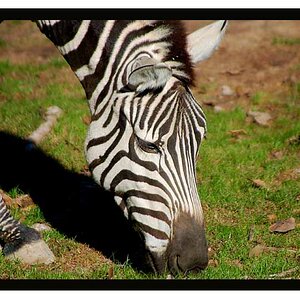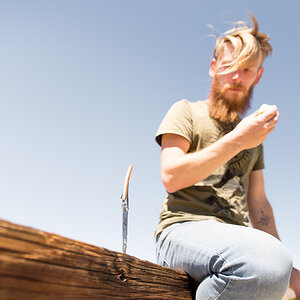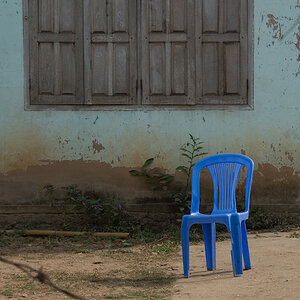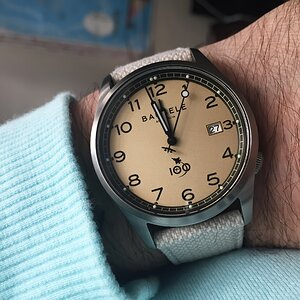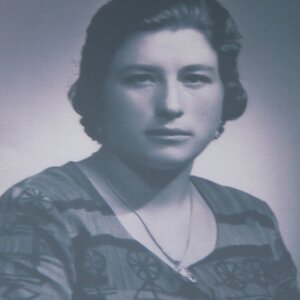Navigation
Install the app
How to install the app on iOS
Follow along with the video below to see how to install our site as a web app on your home screen.

Note: This feature currently requires accessing the site using the built-in Safari browser.
More options
You are using an out of date browser. It may not display this or other websites correctly.
You should upgrade or use an alternative browser.
You should upgrade or use an alternative browser.
Photo of the day
- Thread starter Elizabeth30
- Start date
thereyougo!
Been spending a lot of time on here!
- Joined
- Jun 1, 2010
- Messages
- 2,316
- Reaction score
- 1,991
- Location
- UK
- Can others edit my Photos
- Photos OK to edit
Not trying to nitpick but f stops 11, 16, 22 are small stops and f/2.8, 4 are large stops. One of the main lessons is understanding that the numbers are fractions of the focal length. A 1/4 is much larger than 1/22nd. It's an important definition as stopping down has a different effect to stopping up. It also helps to define DOFHi Elizabeth30,1st of all, it looks like you have gotten metering in the snow down. I like your exposure just fine. Any little problems can always be corrected post production. Back before all this fancy "through the lens, spot metering, etc. etc. we would use a hand held meter, check the scene and add 2 stops more exposure, worked like a charm. Becoming a better photographer is a process. Everybody starts out learning the basics of their camera and how it works. Looks like that is exactly what you are doing. Not that you can't be working on composition and lighting while you are working on understanding the camera, it should definitely be and is your 1st priority. Metering for me has always meant having enough light on the main subject. Most meters calculate exposure to an average of neutral gray. That is why your snow will come out gray and you subject too dark if you don't compensate or use spot metering. Mastering depth of field or I like to call it DEPTH OF FOCUS (DoF) is another very important camera technique you should read up on. It lets YOU control how much of the scene in front of and behind of the main subject is in acceptable focus. To over simplify it, bigger f stops like 11,16,22 mean deep DoF and small f stops like 2.8, 4, mean shallower DoF. There are other important factors that play into DoF but that is the start of it. good luck and keep pushing that button
Compaq
Been spending a lot of time on here!
- Joined
- Aug 29, 2010
- Messages
- 3,400
- Reaction score
- 657
- Location
- Norway
- Can others edit my Photos
- Photos OK to edit
A stop is a stop - a measure that's convenient. There aren't large stops, and there aren't small stops. "2 stops" could mean anything - going from f/2 to f/4, or going from f/22 to f/16. What you're talking about is the aperture. Though their sizes are relative. f/4 might be a "large" aperture for a super tele, but not very large for a 50mm prime.
(some of the apprx) f#s:
1, 1.4, 2, 2.8, 4, 5.6, 8, 11, 16, 22
For example: f/4 are found thus
f/4 = f * (1/(sqrt(2)^4), f being the focal length
the f-number can be used to calculate the opening of the lens
As you see, tele lenses need a much bigger opening to be termed an "f/4" lens than smaller focal length lenses. That's part of why they're expensive: more high quality glass.
(some of the apprx) f#s:
1, 1.4, 2, 2.8, 4, 5.6, 8, 11, 16, 22
For example: f/4 are found thus
f/4 = f * (1/(sqrt(2)^4), f being the focal length
the f-number can be used to calculate the opening of the lens
As you see, tele lenses need a much bigger opening to be termed an "f/4" lens than smaller focal length lenses. That's part of why they're expensive: more high quality glass.
Last edited:
greybeard
Been spending a lot of time on here!
- Joined
- Dec 30, 2011
- Messages
- 4,484
- Reaction score
- 1,776
- Location
- WV
- Can others edit my Photos
- Photos OK to edit
Not trying to nitpick but f stops 11, 16, 22 are small stops and f/2.8, 4 are large stops. One of the main lessons is understanding that the numbers are fractions of the focal length. A 1/4 is much larger than 1/22nd. It's an important definition as stopping down has a different effect to stopping up. It also helps to define DOFHi Elizabeth30,1st of all, it looks like you have gotten metering in the snow down. I like your exposure just fine. Any little problems can always be corrected post production. Back before all this fancy "through the lens, spot metering, etc. etc. we would use a hand held meter, check the scene and add 2 stops more exposure, worked like a charm. Becoming a better photographer is a process. Everybody starts out learning the basics of their camera and how it works. Looks like that is exactly what you are doing. Not that you can't be working on composition and lighting while you are working on understanding the camera, it should definitely be and is your 1st priority. Metering for me has always meant having enough light on the main subject. Most meters calculate exposure to an average of neutral gray. That is why your snow will come out gray and you subject too dark if you don't compensate or use spot metering. Mastering depth of field or I like to call it DEPTH OF FOCUS (DoF) is another very important camera technique you should read up on. It lets YOU control how much of the scene in front of and behind of the main subject is in acceptable focus. To over simplify it, bigger f stops like 11,16,22 mean deep DoF and small f stops like 2.8, 4, mean shallower DoF. There are other important factors that play into DoF but that is the start of it. good luck and keep pushing that button
oops I knew that........senior moment..
Most reactions
-
 444
444 -
 285
285 -
 277
277 -
 270
270 -
 216
216 -
 183
183 -
 179
179 -
 174
174 -
 171
171 -
 171
171 -
 163
163 -
 124
124 -
 117
117 -
I
103
-
 94
94
Similar threads
- Replies
- 3
- Views
- 607

